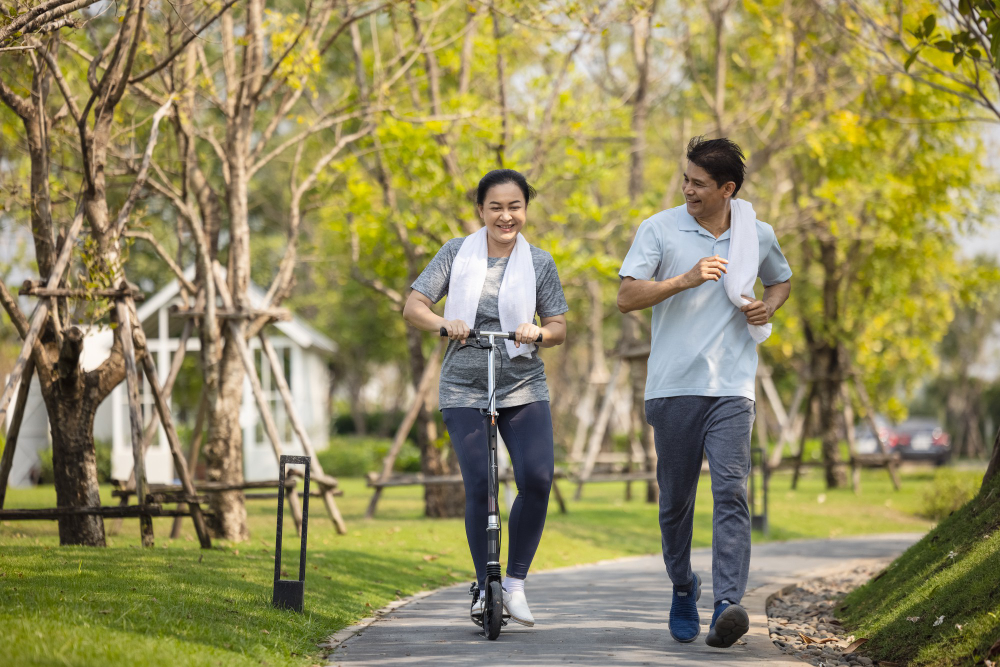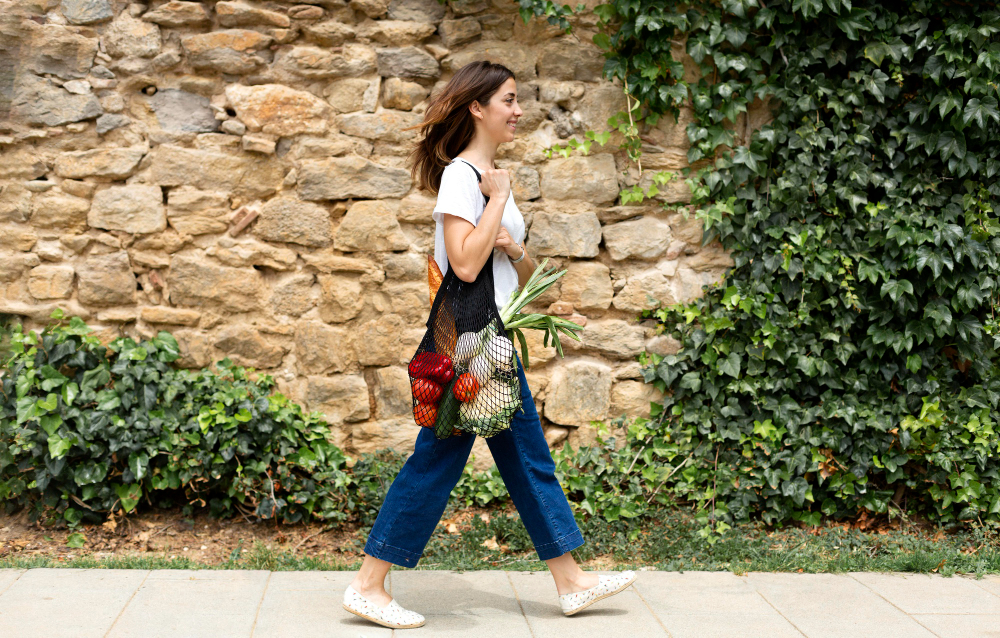How Walkability Redefines Township Living

If you’re looking for a home that offers the best of both worlds, then township living is your answer. This type of development offers the comfort and convenience of city living without sacrificing the beauty and serenity of nature. But one aspect that sets township living apart from typical residential communities is its walkability.
As more homeowners become aware of this feature, they are asking: what exactly is walkability? How does it benefit Township Living? And how can I find out if my new home will be easy to get around on foot?
Overview of a Walkable City
Walkability is a concept that has been gaining steam in modern urban planning. It refers to a community’s ability to be easily navigated on foot, with sidewalks, crosswalks, and other pedestrian-friendly features. In many cases, this also means that walkable neighborhoods have a high concentration of businesses within walking distance from each other.
In addition to being convenient for residents who want to get around without driving (or having someone else drive them), walkable townships are often better able than car-dependent ones at attracting new businesses and keeping existing ones from moving out of town–which leads us back around again: if you’re looking for great places where people love living just as much as they love working hard day after day? You need to look no further than those with plenty of good old-fashioned walkability,
Benefits of Walkability in Township Living
Walkable communities offer numerous benefits to residents, including:
- Improved health and well-being.
The World Health Organization (WHO) has identified the top 10 causes of death worldwide as chronic diseases such as heart disease, stroke, cancer, and diabetes. These diseases are strongly associated with poor physical activity levels and obesity. In fact, WHO estimates that one in four deaths could be prevented by increasing physical activity levels by just 60 minutes per week.
Walkable township living encourages physical activity by allowing residents easy access to amenities like parks or community centers where they can walk for recreation or exercise purposes. This type of lifestyle also reduces stress levels which lower blood pressure making it easier for people with heart conditions such as high cholesterol levels; therefore improving overall health outcomes over time.
- Encouragement of social interaction between neighbors through common spaces such as sidewalks that encourage walking rather than driving cars between destinations.
- Environmental sustainability is due mainly because fewer vehicles will be needed if more people begin living within walking distance (or biking distance) from their workplace(s). Studies show that pollution levels decrease significantly when people use public transportation instead of driving alone in their personal vehicles every day – not only does this reduce carbon emissions but also improves air quality overall while saving money on fuel costs too.

Key Features of Walkable Townships
Walkable townships are defined by their mix of residential, commercial, and recreational spaces. They integrate these elements into a single neighborhood with no clear borders between them.
The availability of essential services within walking distance makes it possible for residents to live without owning cars or relying on public transportation. Pedestrian-friendly infrastructure by the local government includes building wide sidewalks and pathways; adequate lighting and signage for safety; traffic calming measures that prioritize pedestrians over vehicles; accessible public spaces such as parks, plazas, or recreational areas; community facilities like libraries and schools within walking distance (or even inside the same building) – all these factors contribute towards making your township more walkable.
Most Walkable Cities in the Philippines
Here are some of the most walkable cities in the Philippines:
- Vigan City is a UNESCO World Heritage Site known for its well-preserved Spanish colonial architecture. The city’s narrow streets and cobblestone sidewalks are perfect for walking, and there are plenty of shops, restaurants, and historical sites to explore.
- Iloilo City is the capital of Iloilo and is known for its vibrant culture and delicious food. The city has a number of pedestrian-friendly areas, including the Esplanade, which is a long stretch of parkland along the Iloilo River.
- Cebu City is the second largest city in the Philippines and is home to a number of historical landmarks, such as the Magellan’s Cross and Fort San Pedro. The city also has a number of modern shopping malls and restaurants, making it a great place to walk around and explore.
- Marikina City is a city in Metro Manila that is known for its green spaces and eco-friendly initiatives. The city has a number of pedestrian-friendly areas, including Marikina River Park and Marikina Sports Complex.
- Baguio City is a mountain city in the Philippines that is known for its cool climate and beautiful scenery. The city has a number of pedestrian-friendly areas, including Session Road, which is a popular shopping and dining destination.
Challenges and Solutions to Implementing Walkability in Townships
Overcoming Resistance to Change
It can be difficult for township residents to see the benefits of walkable townships until they experience them firsthand. Changing ingrained behaviors and attitudes takes time and effort, but it’s worth it.
The most successful projects have engaged community members early on in order to build support for their vision for the future. By working together with residents in many cities, planners can help them understand how improvements like sidewalks or bike lanes will benefit them personally by improving traffic safety, following a development policy, increasing mobility options, increasing property values, and making streets more enjoyable places to spend time outside.

Demonstrating these benefits through community engagement activities like surveys or focus groups will show residents why investing in pedestrian-friendly designs makes sense–and helps convince them that this type of investment is worth making now rather than later when costs may increase further due to inflationary pressures caused by rising construction costs related specifically.
Walkability is about more than just the walk. It’s about the journey, and how that journey can enrich our lives. By embracing a more walkable lifestyle and community, we can create a sustainable future for ourselves–one that’s healthier, happier, and more connected to our neighbors with other modes of transportation.
Walkability is a concept that has been around for a long time. However, it is only recently that its benefits have been fully realized by real estate developers who wish to create more sustainable communities. Walkable townships are good for the environment and promote positive health outcomes among residents by encouraging them to get out of their cars and exercise more often. They also allow people with disabilities or other mobility issues access to shops and services without needing special equipment like wheelchair vans or taxis because everything is within walking distance from anywhere else in town!




